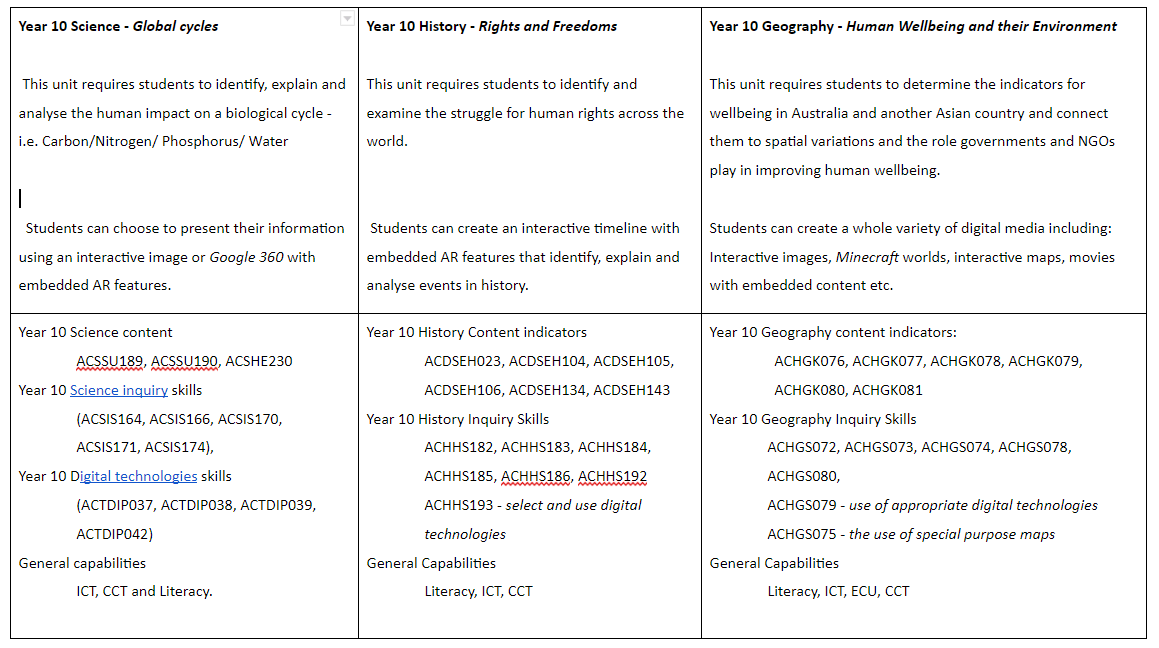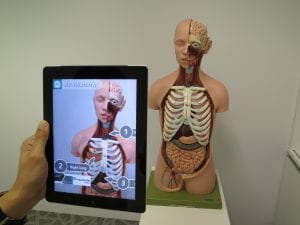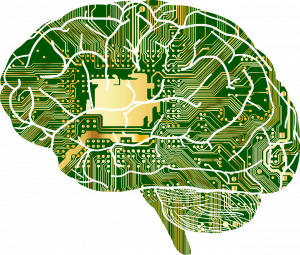
DarkWorkX / Pixabay
The advent of technology, the internet and plethora of personal devices has forever changed the world and in turn, the paradigm of a secondary classroom.
Whilst teenagers and society in general have embraced technology in its multiple forms for personal, social and recreational purposes, Education Departments and schools are often delayed in their digital pedagogical practices. This delay in the embedding of digital technologies and literature has exacerbated the disparity between the information literacy skills that society demands, and the ability students have when they finish school.
This digital gap is even further widened in areas of lower socio-economic success, rural and remote communities, and First Nations peoples, who lack the personal means and access to devices and reliable internet connections (DIIS, 2016).
For further information on the deepening of Australia's digital divide .. click here!
MCEETYA made a concerted effort to address this disparity by advocating for the embedding of ICT in the Melbourne Declaration on Educational Goals for Young Australians . The argument put forward by the creators of this declaration, was that ICT is an essential skill required for active citizenship in a digitally rich information society (MCEETYA, 2008). Therefore ICT skills and competencies are essential to ensure each student is able to gain entry into this new paradigm. ACARA’s response to this declaration was to create curriculum learning outcomes that allow students opportunities to access, analyse, modify and create a range of hybrid, digital and multimodal tasks (ACARA, 2018). Examples of these include access to digital literature for classroom activities, explicit teaching of new literacies and assessments that require students to explore, create and analyse multimodal texts.
The simplest form to introduce students to digital literature is within classroom practice. Digital literature can be defined as texts that utilise computer technology and a device in order to access and engage with the text (Rettberg, 2012). Unfortunately this may be a limiting factor for many students and schools that lack the financial means to secure devices and internet connectivity. This issue became glaringly obvious in the recent nationwide school lock down which shifted learning to from onsite to online.
Check out this article by the ABC published back in March 2020.
Coronavirus opens education’s digital divide, as COVID-19 forces schools into online learning
The level of computation associated with the digital literature varies with the device and format. It can range from the most simple form of a scanned book on a website, to the interactive hypertext narratives with multimodal features in a mobile application (Maneti, Lipscombe & Kervin, 2018; Rettberg, 2012). The middle of this digital literature continuum contains genres or hybrid genres such as e-stories, linear e-narratives, interactive stories, hypertext narratives and electronic games narratives (Walsh, 2013).
My own knowledge of digital literature is rudimentary at best as I am strictly a user of digital content rather than being a creator – though this blog would be the only exception to the rule. Whilst I do use my kindle and am able to engage with digital texts, it is a matter of expediency rather than personal pleasure. By that token, I prefer reading digital texts rather than listening to audio-books and am completely disinclined to use digital narratives (or anything that is non linear in nature) as I find those sources too overwhelming for indepth analysis. But as a teacher librarian I need to be aware of the various formats and educate myself as to their benefits to student’s learning and literacy.
The irony is that this Masters course has caused me to test, trial and experiment with more digital media than I ever would have in my life!
Over the next few weeks I will be reviewing several different examples of digital literature that can be used in classroom practice as part of my own learning journey into literature in the digital space. Each review will discuss the source’s value to the curriculum, to learning and literacy and to digital competency.
References:
Australian Curriculum, Assessment and Reporting Authority. (2018). Literacy. In Australian Curriculum – General Capabilities. Retrieved from https://www.australiancurriculum.edu.au/f-10-curriculum/general-capabilities/literacy/
Department of Industry, Innovation and Science (2016). Australia’s digital economy update. Retrieved from https://apo.org.au/sites/default/files/resource-files/2016/05/apo-nid66202-1210631.pdf
Mantei, J., Kipscombe, K., & Kervin, L. (2018). Literature in a digital environment (Ch. 13). In L. McDonald (Ed.), A literature companion for teachers. Marrickville, NSW: Primary English Teaching Association Australia (PETAA)
MCEETYA (2008) Melbourne Declaration on Educational Goals for Young Australians. Curriculum Corporation. Australia. Retrieved from http://www.curriculum.edu.au/verve/_resources/national_declaration_on_the_educational_goals_for_young_australians.pdf
Rettberg, J.W. (2012). Electronic literature seen from a distance: the beginnings of a field. Retrieved from http://www.dichtung-digital.org/2012/41/walker-rettberg.htm
Walsh, M. (2013). Literature in a digital environment (Ch. 13). In L. McDonald (Ed.), A literature companion for teachers. Marrickville, NSW: Primary English Teaching Association Austr






